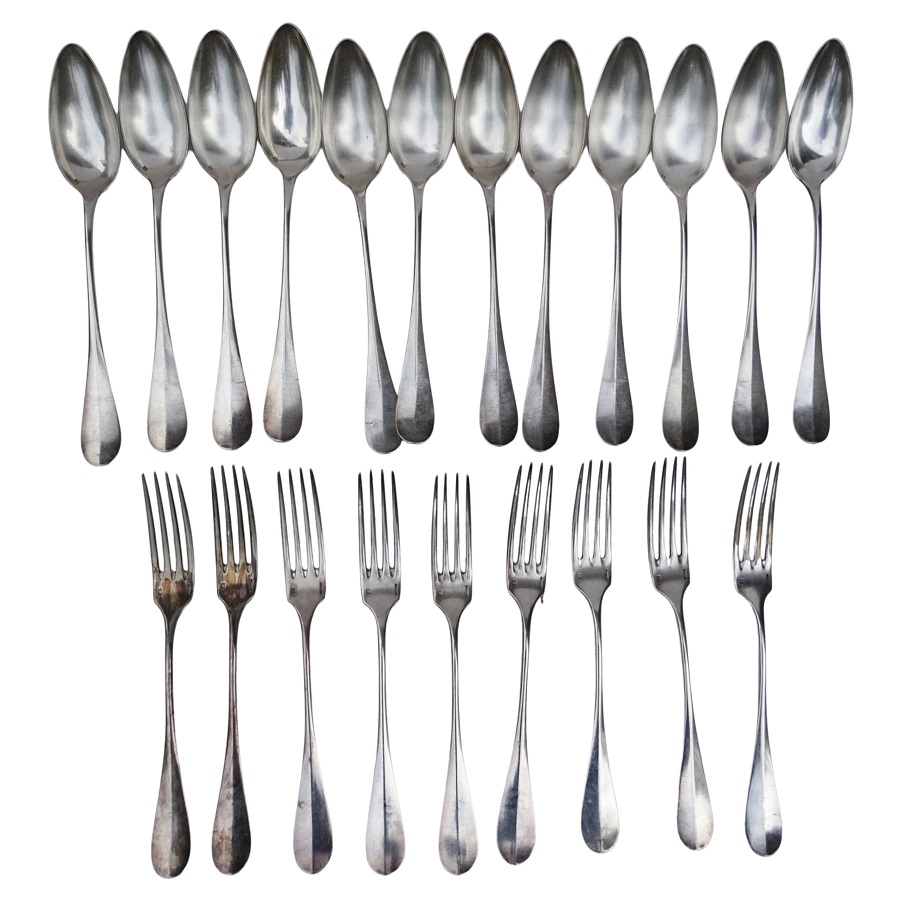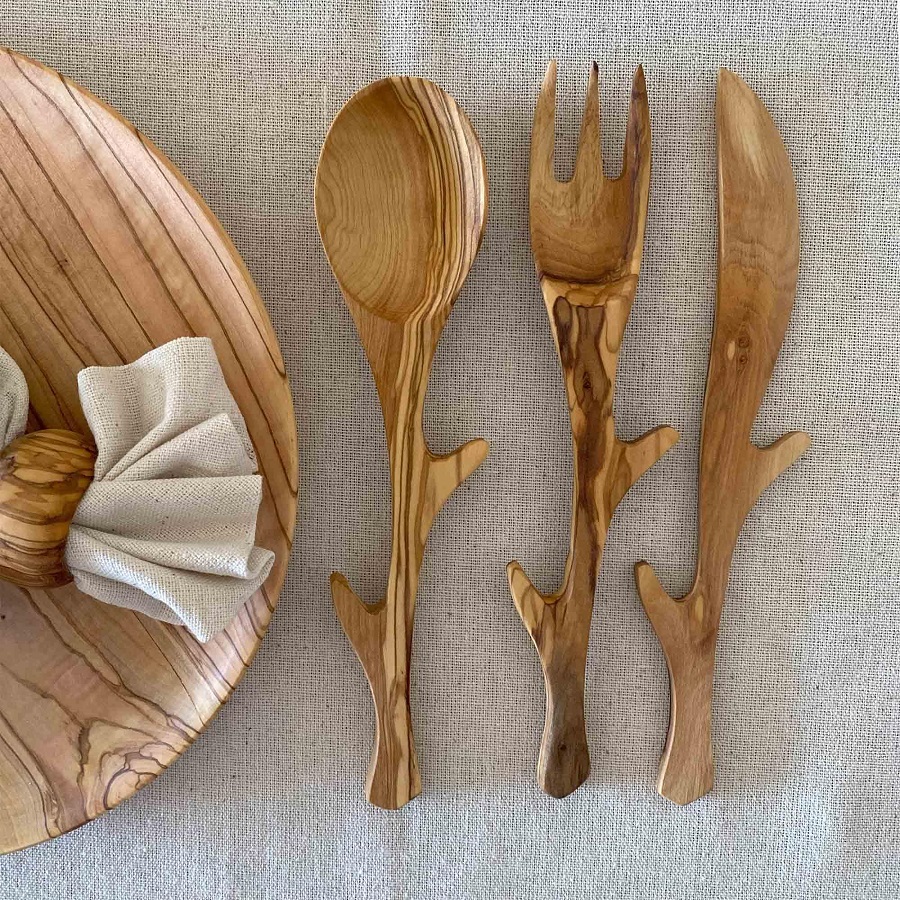How much does it cost to repaint kitchen cabinets
Your kitchen is the heart of your home, and your cabinets are a major part of its visual appeal. If your cabinets are looking tired and outdated, a fresh coat of paint can work wonders, transforming your kitchen into a vibrant and stylish space. But before you grab a paintbrush and dive in, it’s crucial to understand the cost involved in this project.
Repainting kitchen cabinets can range significantly in price, depending on several factors, including the size of your kitchen, the condition of your cabinets, the type of paint you choose, and whether you decide to DIY or hire professionals. This article will break down the costs involved in repainting your kitchen cabinets, providing you with a comprehensive guide to making informed decisions and achieving a successful outcome.
 Cost Factors: Breaking Down the Budget
Cost Factors: Breaking Down the Budget
How much does it cost to repaint kitchen cabinets
1. Cabinet Size and Number:
The number and size of your kitchen cabinets play a major role in determining the overall cost. Larger kitchens with more cabinets naturally require more paint, labor, and supplies, leading to higher costs. To estimate the cost accurately, you’ll need to count the number of cabinets and measure their dimensions.
2. Cabinet Condition:
The condition of your cabinets is another significant cost influencer. If your cabinets are in good shape, requiring only a simple cleaning and sanding before painting, you’ll be able to save on preparation costs. However, if the cabinets have deep scratches, chips, or peeling veneer, additional repairs like patching, filling, and sanding will be necessary, increasing the cost.
3. Paint Type and Quality:
Choosing the right paint for your kitchen cabinets is crucial for durability and aesthetics. High-quality paint, like epoxy or cabinet-grade acrylic, offers excellent resistance to moisture, scratches, and stains, but it comes at a higher price. Less expensive options, such as latex paint, might be suitable for less demanding environments, but may require more frequent touch-ups.
4. DIY or Professional Labor:
One of the biggest cost discrepancies arises from whether you choose to DIY or hire professional painters. While DIY can save you money upfront, it requires significant time, skill, and patience. Hiring professionals guarantees a professional finish and ensures proper preparation and application techniques, but comes at a higher price.
5. Additional Costs:
Beyond paint and labor, several other costs can impact the project budget, including:
- Preparation Supplies: This includes sandpaper, sanding blocks, painter’s tape, drop cloths, cleaning supplies, and any necessary wood filler or putty.
- Hardware and Finishes: Consider the cost of replacing old hinges, knobs, pulls, and other hardware. You might also opt for a new finish, like glaze or distressing, which could increase costs.
- Primers and Sealants: Primers are essential for creating a smooth, even surface for paint adherence, and sealants protect the finish and enhance durability.
 DIY vs. Professional Painting: A Cost Comparison
DIY vs. Professional Painting: A Cost Comparison
DIY Painting:
- Pros: Significant cost savings, greater control over the process, satisfaction of a completed project.
- Cons: Requires significant time and effort, potential for mistakes, limited access to professional-grade tools and supplies.
Estimated DIY Costs:
- Paint: $50-$200 (depending on size and type)
- Preparation supplies: $20-$50
- Hardware and Finishes: $50-$200
- Primers and Sealants: $20-$50
Total Estimated DIY Cost: $140 – $420
Professional Painting:
- Pros: Guaranteed professional results, experienced painters with specialized skills and tools, less time commitment.
- Cons: Higher upfront cost, less control over the process, potential scheduling conflicts.
Estimated Professional Painting Costs:
- Labor: $500-$2000 (depending on size, condition, and complexity)
- Paint and materials: $150-$500
- Primers and sealants: $50-$100
- Hardware and finishes: $50-$200
Total Estimated Professional Painting Cost: $750 – $2800
 Cost Savings Tips for Repainting Kitchen Cabinets
Cost Savings Tips for Repainting Kitchen Cabinets
1. Plan Ahead and Prepare Thoroughly:
- Measure and count your cabinets accurately to purchase the correct amount of paint.
- Gather all necessary tools and supplies before starting.
- Thoroughly clean and prepare your cabinets to avoid costly mistakes later on.
2. Consider Paint Options:
- Opt for less expensive paint options like latex or acrylic, but ensure it is specifically formulated for cabinets.
- Consider using a tinted primer to reduce the number of paint coats required.
3. Utilize DIY Resources:
- Watch tutorials and videos online to learn techniques and gain confidence.
- Consider purchasing pre-made cabinet paint kits that include everything you need.
4. Negotiate with Professionals:
- Get multiple quotes from different painting contractors.
- Inquire about discounts for multiple projects or for booking during off-peak seasons.
5. Embrace a “Do-It-Yourself” Approach:
- Handle the preparation and painting yourself, and hire professionals for the more complex tasks, like cabinet door removal and reinstalling.
 Achieving a Successful Kitchen Cabinet Repainting Project
Achieving a Successful Kitchen Cabinet Repainting Project
1. Preparation is Key:
- Clean the cabinets thoroughly with a degreaser to remove grease, grime, and dirt.
- Sand the cabinets to smooth out uneven surfaces and create a proper bond for the paint.
- Apply a primer to create a smooth, even surface for paint adhesion.
2. Paint with Precision:
- Choose a quality paint specifically designed for cabinets.
- Use a high-quality brush or roller for smooth, even application.
- Apply thin, even coats of paint, allowing adequate drying time between coats.
3. Focus on Details:
- Mask off areas you don’t want to paint to avoid accidental spills.
- Pay close attention to edges and corners for a professional finish.
- Clean up any spills or drips immediately to avoid paint damage.
4. Patience is Essential:
- Allow sufficient drying time between coats of paint and primer.
- Avoid using the cabinets for a few days to prevent accidental damage to the fresh paint.
5. Enjoy the Results:
- Once the paint is fully dry, admire your newly renovated kitchen cabinets.
- Consider adding new hardware to complete the transformation.
Some common types of kitchen cabinets:
How much does it cost to repaint kitchen cabinets
Here are some common types of kitchen cabinets:
Construction:
- Frameless Cabinets: These cabinets have a modern, sleek look and maximize storage space. They lack a visible frame, with doors and drawers directly attached to the cabinet box.
- Framed Cabinets: Traditional and sturdy, framed cabinets feature a visible frame around the cabinet box. They offer more options for decorative details and are generally more durable.
Material:
- Wood Cabinets: These are the most popular choice, offering durability, warmth, and a natural look. Common wood types include oak, cherry, maple, and hickory.
- Painted Cabinets: Painted cabinets offer a clean and versatile look, available in a wide range of colors. They are also easy to maintain.
- Laminate Cabinets: Laminate cabinets are a budget-friendly option, offering durability and a variety of colors and patterns.
- Thermofoil Cabinets: Thermofoil cabinets feature a thin plastic film laminated over a wood core, offering a smooth, easy-to-clean surface.
- Acrylic Cabinets: Acrylic cabinets offer a sleek, high-gloss finish and are highly durable and scratch-resistant.
Style:
- Traditional: Characterized by ornate details, decorative hardware, and a classic look.
- Modern: Clean lines, minimal detailing, and sleek surfaces are defining features of modern kitchen cabinets.
- Contemporary: Blending elements of both traditional and modern styles, contemporary cabinets often feature simple detailing and a focus on functionality.
- Rustic: Often made from reclaimed or distressed wood, rustic cabinets have a warm and inviting appeal.
- Shaker: Known for their simple, functional design, shaker cabinets feature recessed panels and minimal detailing.
Function:
- Base Cabinets: Lower cabinets that offer storage for pots, pans, and other kitchen essentials.
- Wall Cabinets: Upper cabinets that are typically mounted above countertops for storing dishes, glasses, and other items.
- Tall Cabinets: Cabinets that extend from the countertop to the ceiling, offering significant vertical storage space.
- Island Cabinets: Cabinets that are part of a kitchen island, providing additional storage and workspace.
- Corner Cabinets: Cabinets designed to fit into a corner of the kitchen, maximizing storage space in awkward areas.
Choosing the right kitchen cabinets depends on your personal style, budget, and needs. Consider the following factors when making your decision:
- Style: Choose a style that complements the overall design of your kitchen.
- Material: Consider the durability, aesthetics, and budget of different materials.
- Functionality: Choose cabinets that provide the right amount of storage and functionality for your needs.
- Quality: Invest in high-quality cabinets that will last for years to come.
- Professional Installation: For best results, consider hiring a professional to install your kitchen cabinets.
 Final Thoughts
Final Thoughts
How much does it cost to repaint kitchen cabinets
Repainting kitchen cabinets is a cost-effective way to transform your kitchen and give it a fresh look. By carefully considering the various cost factors, understanding the pros and cons of DIY vs. professional painting, and following tips for saving money, you can create a budget-friendly and visually stunning kitchen that reflects your personal style. Remember, with the right planning and execution, repainting kitchen cabinets can be a rewarding and satisfying project.



